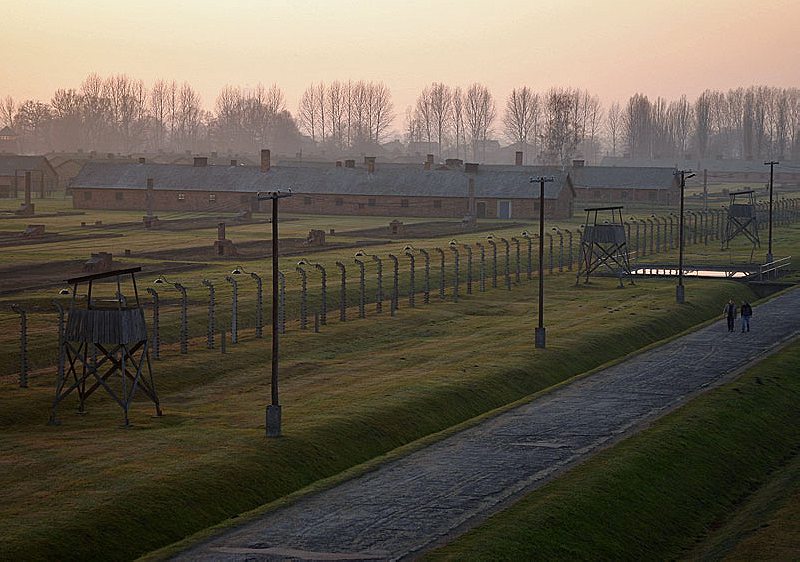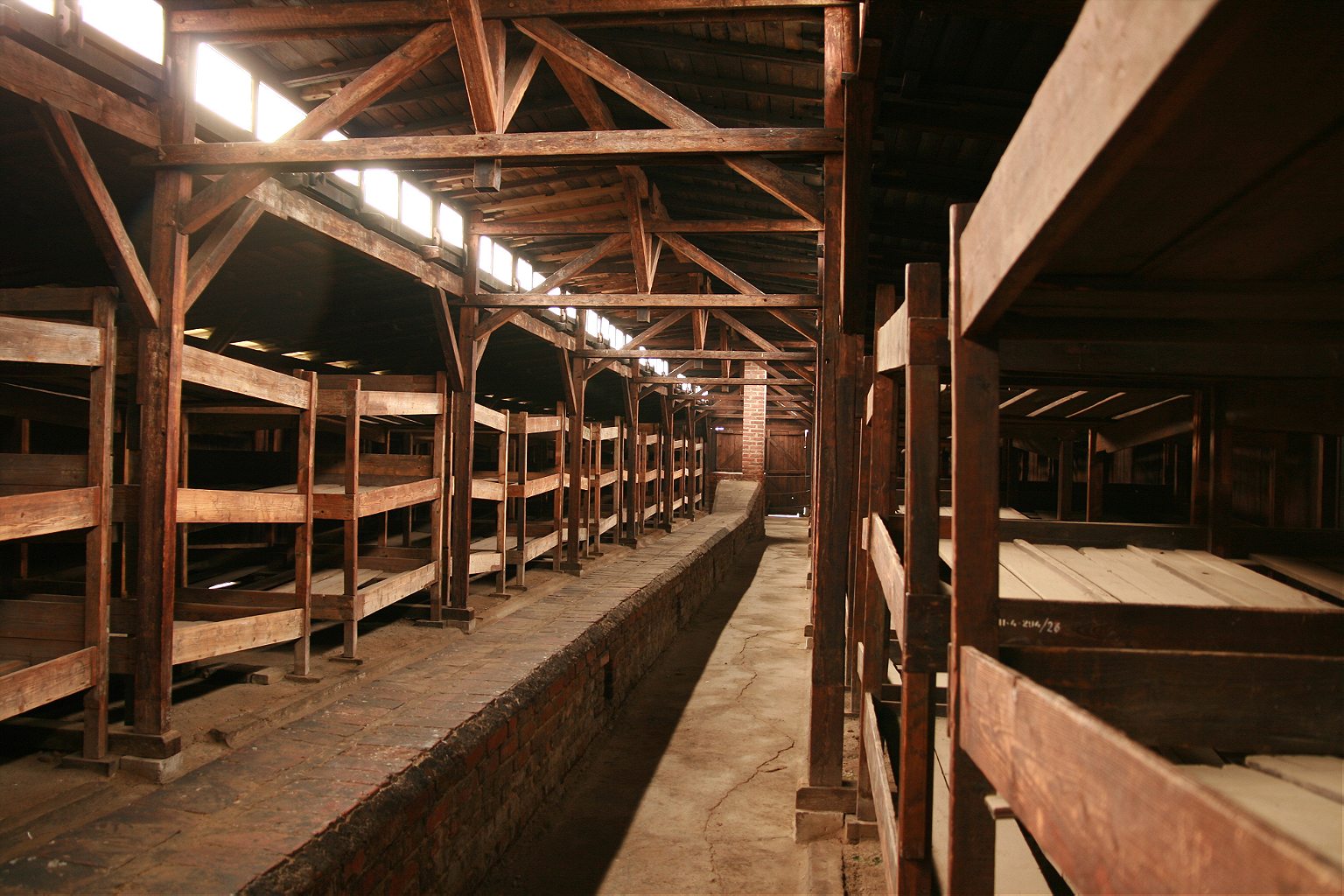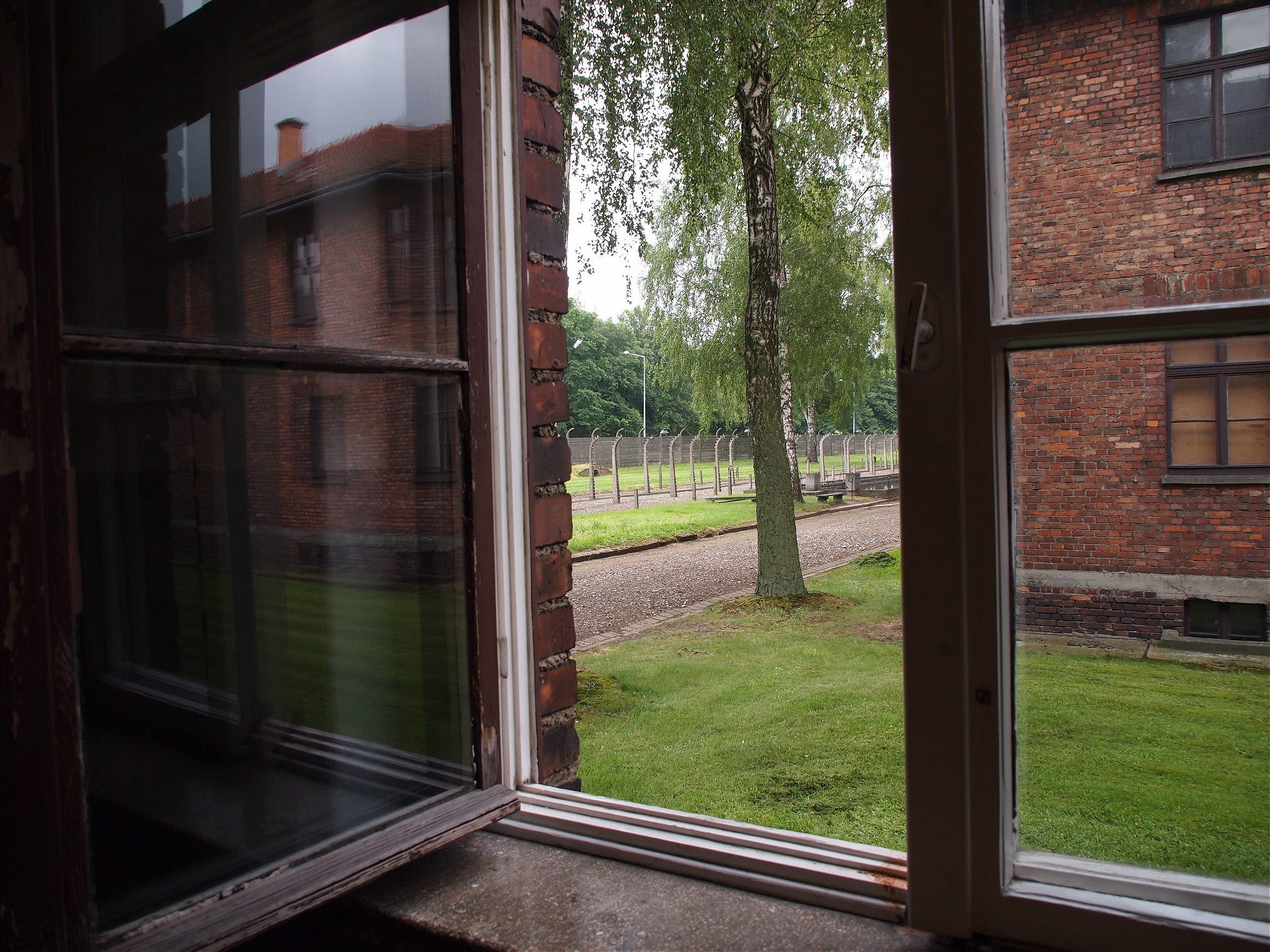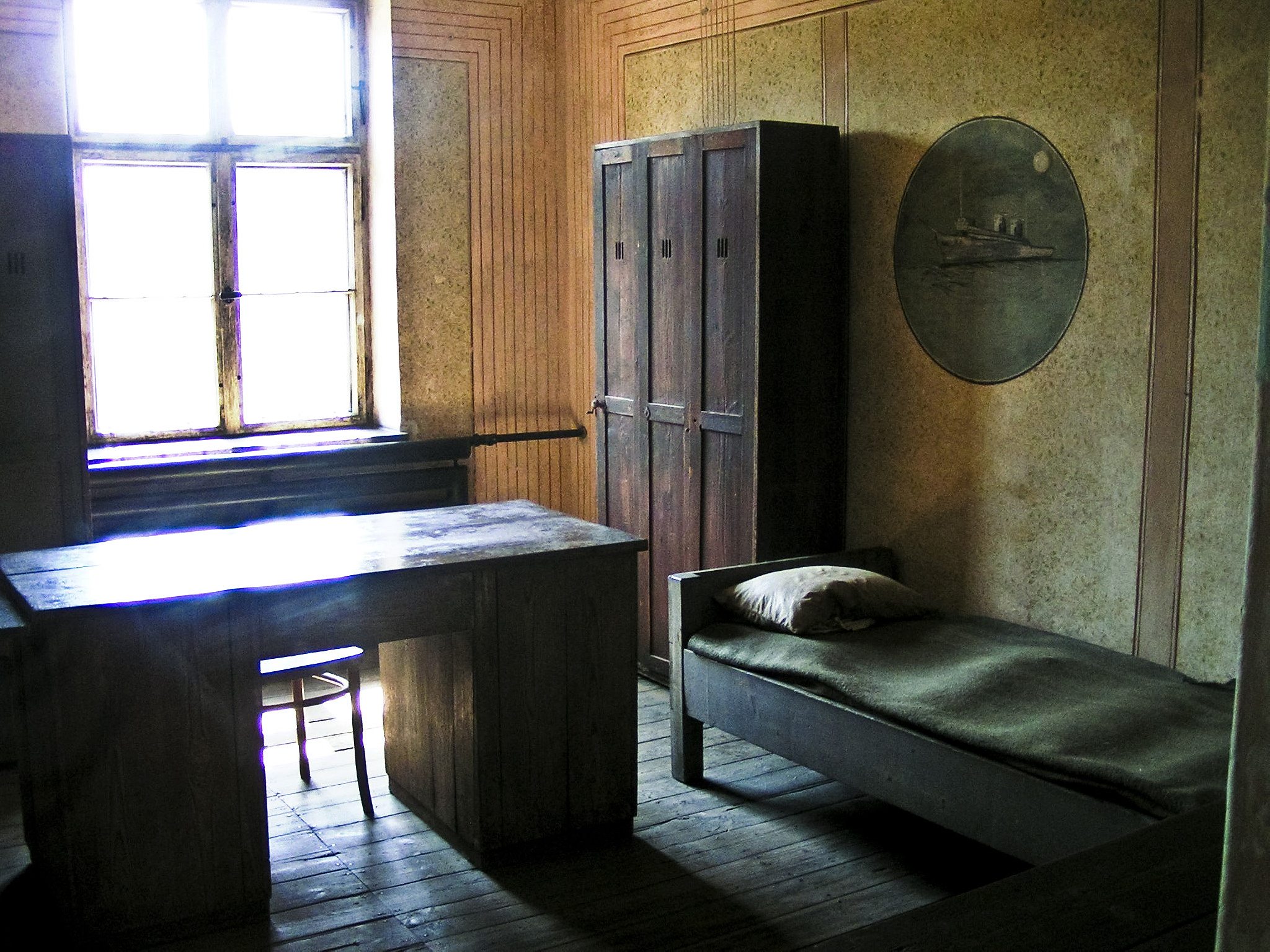Deepti Patwardhan reflects on India’s unusual and uncomfortable relationship with Europe’s darkest period.
Why visit Auschwitz?
The question had been gnawing at me me since I began planning my trip to Eastern Europe. We all desire travel experiences that are challenging, that take us out of our comfort zones and offer us a glimpse into a world that is vastly removed from our own. But although World War II and the Holocaust are defining moments of world history, it didn’t seem so much a part of my history.
For Indians like myself, Auschwitz, Hitler, and the war can be remote and blurry. India at the time was busy fighting its own battle for independence from the British. Our primarily role in the war came in the form of Indian soldiers recruited to fight in the Queen’s army. In fact, the war was a catalyst for India’s independence, draining Britain’s resources to the point where running distant colonies became untenable. The war ended in 1945; India was free by 1947.
We learned about World War II in grade school and college, but India’s rich and long history, spotted by a series of conquests by foreigners, took up most of our time. I grasped the horror of Auschwitz only when I visited a WWII exhibition in London in 2007 when I was 25.

The gruesome camp made its way to the sports pages, which is where I mostly reside, during the 2012 European Cup—jointly hosted by Poland and Ukraine—when stories about Poland’s “dark tourism” abounded. These were my points of reference, the far flung dots that connected me to Auschwitz.
Having deferred the journey until my last day in Poland, I found myself on the bus from Krakow to Oswiecim. My reticence wasn’t helped by the dark, rumbling clouds that had started to gather, as if setting the mood for the day ahead. Even without the chill in the air, the first sight of the camp would have given me goose bumps. There it was, the prevailing symbol of the Holocaust: Sixteen blocks of yellow-brown bricks and tile-thatched roofs, surrounded by a barbed wire fence. The German phrase “Arbeit macht frei,” the Nazi slogan that literally translates to “Work makes you free,” remains scrolled on the gates.
More than a million people perished here, 960,000 of them Jews. This is where women, children, elderly, disabled, and weaker men marched to their deaths. The healthier ones were spared for a while, forced to work until they were eventually withered away by hunger, pain, disease, frost bite, and torture. Welcome to hell.

Looking at the carnage on display in Auschwitz, my mind jogs back to all the casual references made about Adolf Hitler in India. “India needs a Hitler,” is the most common of them. Those who utter it mean that India needs a stern figurehead, one that can lead us past a state of anarchy, rid us of corrupt and regressive politicians, and whip the obsolete, bureaucratic systems into shape.
It is a lazy remark, born out of ignorance about the depth of his fanaticism. But India shares an unusual and uncomfortable bond with Hitler. The Fuhrer made a case for racial supremacy, arguing that Germans belonged to a “pure” Aryan race, the same people who were supposedly the first settlers in India. He later went on to adopt one of the most iconic Hindu symbols, the swastika, as his party’s emblem. The swastika has been a part of Hinduism for centuries; almost 6,000 years old, it stands for good-luck and well-being. Today, however, it is sadly more commonly recognized as a symbol of the Nazis.
Mein Kampf is freely available in India
Hitler’s autobiography and political manifesto Mein Kampf is banned in most parts of Europe but freely available in India. In fact, it has been popular here since its first print run in the 1920s and can be found in almost every bookstore in the country, big or small, branded or pirated.
Despite what the Western media says, Indians aren’t actually Hitler sympathizers. But many do hold a misplaced sense of appreciation for him. He is looked upon here as an exceptional leader who took on the world; a man of supreme conviction and a great orator who knew how to rally men for a cause—however demonic that might have been.
Strains of such schizophrenic acceptance were evident when India elected Narendra Modi to the helm of the world’s largest democracy. Modi is man with a history of intolerance and who twelve years ago was accused of presiding over the worst communal riots in recent Indian history. He is also a man with exceptional oratory skills, who somehow convinced an aspirational India—with an average age of 29, it is set to become the world’s youngest country in 2020—that he will lead them towards a brighter future.

Modi has, perhaps unsurprisingly, been drawn as a Hitler-esque figure by his fiercest political rivals. But this says more about our attitudes toward politics: we are far from the point of reasonable comparison between the men themselves.
An extremely polarizing figure in India, Modi was able to appease the business community, the media, and consequently the electorate with his “Good days are here” declaration. But his biggest test will lie in whether he can keep the peace. Modi’s critics argue that an extreme right-wing ideology could sprout in the country under the saffron flag of Modi’s Bhartiya Janta Party.
A prayer escapes to let those fears remain unfounded as I follow the soft-spoken tour guide around Auschwitz, through the relics of brutality. The victim’s clothes, suits, their shoes—fashionable heels, sandals, slippers, children’s boots—their engraved suitcases. Sacks and sacks of human hair—blond, brown, long, short—enough to fill an entire room.
Hunger chamber, torture chamber, gas chamber, execution wall. It’s an infernal, infernal place.
I had thought that being from a completely different continent, from a completely different heritage, I wouldn’t carry the same emotional baggage that others visitors might. Physical distance has a way of insulating worlds, but places like Auschwitz have the power to meld them into one. You don’t have to be Jewish or a European to sympathise.

Ethnic cleansing is not an alien concept to Indians. Hindus were persecuted when Islamic rulers conquered the land; according to some estimates, the Hindu population was decimated by as much as 80 million between 1000 and 1500 AD. For most of our history we were loose collection of warring princely states, even before British imperialists introduced the “Divide and Rule” policy in the 19th century.
The country was partitioned in 1947 along religious lines: the Hindu majority in India, the Muslim majority in Pakistan. Violence raged on both sides after the border was drawn, killing around 500,000 people. In post-partition India, the killing and displacement of the Hindu Kashmiri Pundits since 1989 is seen as the biggest example of ethnic cleansing. Over 400,000 Kashmiri Hindus have either been murdered or displaced since separatist insurgency began in the disputed land. The anti-Sikh riots that sparked after Prime Minister Indira Gandhi’s assassination accounted for around 3,000 lives in four days. Election voter lists were reportedly distributed and used to identify Sikhs and murder them.
Even though India has learned to live in relative peace, it remains a largely fractured society. I grew up in a Mumbai, a city that was shaken by communal riots and a series of bomb blasts in the 1990s. Every now and then, political leaders, who have their own motives, remind us that we are different, divided by religion, culture, language, ethnicity, caste, and class.
The histories of all nations are as similar and they are different. They are all rife with wars waged, brutality in the name of religion, power, money, land, oil. Cultures obliterated, massacres ordered.
Few cases are as extreme as Auschwitz. Fewer still have managed to honor their innocent dead with such great care. Auschwitz today stands as a chilling reminder of how hatred can push humanity to madness. Lest we forget.
[Header image: Auschwitz – Birkenau by Enrico, used under CC BY 2.0]